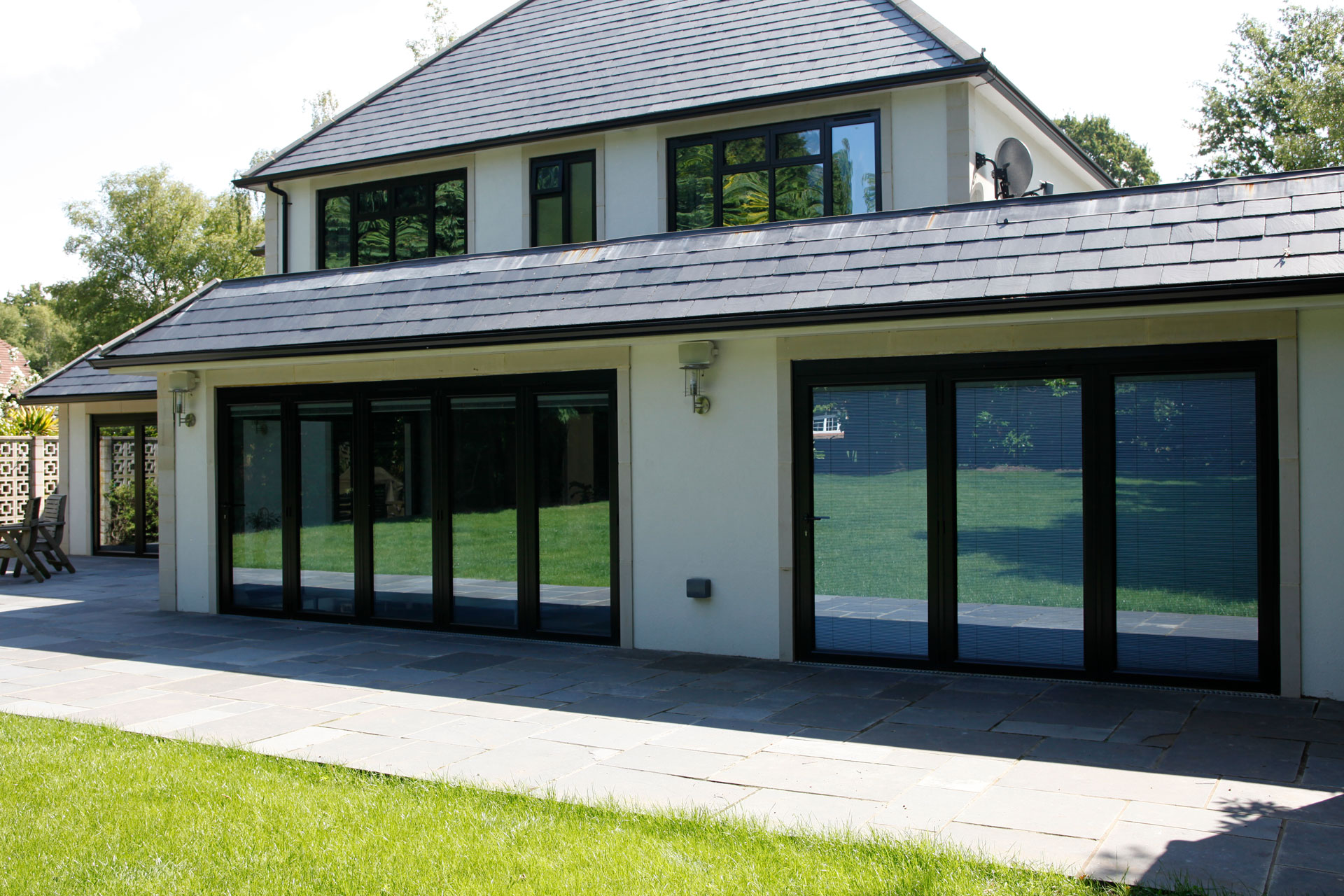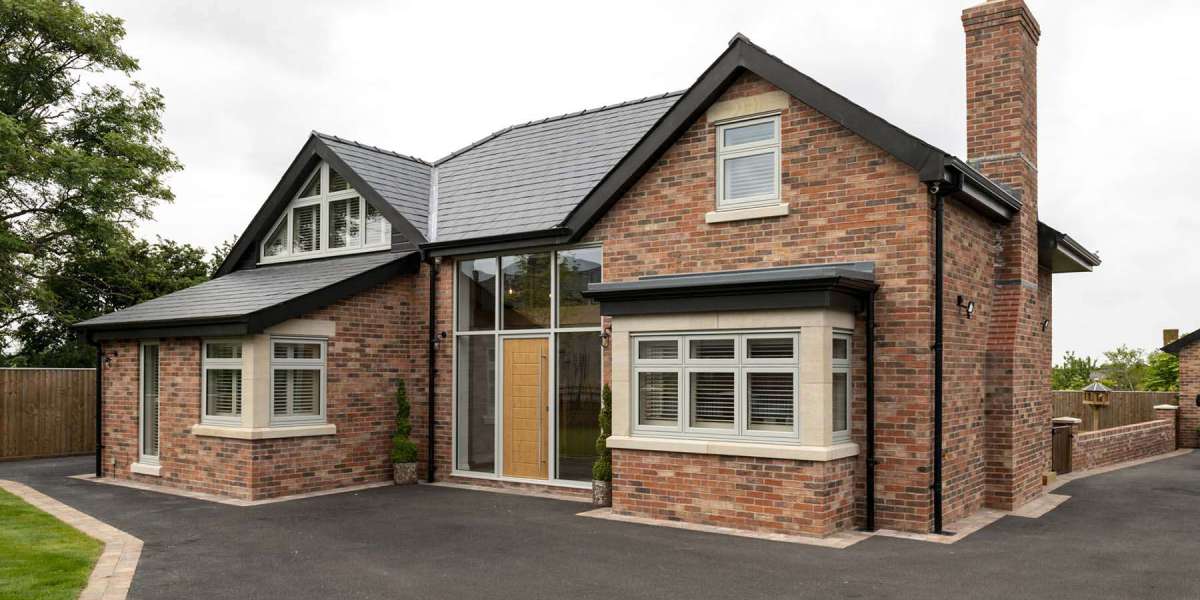The use of glass partitions in architectural design has gained significant traction in recent years, driven by a desire for open, flexible, and aesthetically pleasing spaces. This article explores the advancements in glass partition technology, their various applications, benefits, and considerations for https://hackmd.io/@jessica005/Double-Glazing-Watford-A-Smart-Upgrade-for-Every-Home their use in modern architecture.
Introduction
Glass partitions are non-load-bearing walls made primarily of glass, which serve to divide spaces within a building while allowing light to flow freely. Traditionally, walls were constructed from solid materials like wood, brick, or concrete, which often resulted in dark, enclosed environments. The advent of glass partitions has transformed interior design, emphasizing transparency, light, and openness. This shift reflects broader trends in contemporary architecture that prioritize sustainability, flexibility, and user experience.
Technological Advancements
Recent advancements in glass technology have significantly enhanced the functionality and performance of glass partitions. Innovations include:
- Safety and Durability: Modern glass partitions are often made from tempered or laminated glass, which is designed to withstand impact and reduce the risk of shattering. These safety features are crucial in high-traffic areas, ensuring that glass partitions can endure everyday wear and tear.
- Insulation Properties: Advances in glazing technology have led to the development of energy-efficient glass that provides thermal insulation and soundproofing. Double or triple-glazed units can help regulate indoor temperatures and minimize noise pollution, making glass partitions suitable for a variety of environments, including offices, hospitals, and educational institutions.
- Smart Glass: The introduction of smart glass technology has revolutionized the use of glass partitions. Smart glass can change its opacity with the application of electrical current, allowing users to control privacy levels at the touch of a button. This feature is particularly beneficial in conference rooms, offices, and healthcare settings, where privacy is paramount.
- Eco-Friendly Options: With a growing emphasis on sustainability, manufacturers have developed eco-friendly glass partitions made from recycled materials and low-emission glass. These partitions not only reduce the environmental impact of construction projects but also contribute to LEED certification and other green building standards.
Applications of Glass Partitions
Glass partitions are versatile and can be employed in various settings, including:

- Commercial Spaces: In office environments, glass partitions can create an open layout that fosters collaboration while still providing the necessary privacy for individual workspaces. They allow natural light to permeate the office, enhancing employee well-being and productivity. Glass meeting rooms, equipped with smart technology, can facilitate communication and collaboration.
- Retail Environments: In retail, glass partitions can create visually appealing displays while maintaining an open atmosphere. They can be used to separate different areas within a store without obstructing views, allowing customers to engage with products from multiple angles.
- Healthcare Facilities: In hospitals and clinics, glass partitions can help create a calming environment for patients while ensuring that staff can monitor activities easily. They can also be used to designate areas for different services, such as waiting rooms, consultation areas, and treatment rooms, all while maintaining a sense of openness.
- Educational Institutions: Schools and universities are increasingly adopting glass partitions to create flexible learning environments. These partitions can facilitate group work and collaboration while providing the necessary acoustic separation for focused study.
- Residential Spaces: In residential design, glass partitions can enhance the aesthetic appeal of homes by creating a sense of spaciousness. They can be used to separate living areas, such as kitchens and dining rooms, while still allowing light to flow through the space.
Benefits of Glass Partitions
The benefits of incorporating glass partitions into architectural design are manifold:
- Enhanced Natural Light: One of the most significant advantages of glass partitions is their ability to allow natural light to penetrate deeper into a space. This not only reduces the need for artificial lighting, thus lowering energy costs, but also contributes to a healthier indoor environment.
- Visual Connectivity: Glass partitions maintain visual connections between spaces, fostering a sense of community and collaboration. This is particularly important in workplaces and educational settings, where interaction and communication are key to success.
- Flexibility and Adaptability: Glass partitions can be easily reconfigured to adapt to changing needs. As organizations grow or change, the ability to modify interior layouts without extensive renovations is a significant advantage.
- Aesthetic Appeal: The sleek, modern appearance of glass partitions can elevate the overall design of a space. They can be customized with various finishes, colors, and textures to align with the building's aesthetic and branding.
- Increased Property Value: Well-designed glass partitions can enhance the overall value of a property. Their modern appeal and functionality can attract potential buyers or tenants, making them a sound investment in commercial and residential real estate.
Considerations for Implementation
While glass partitions offer numerous benefits, there are several considerations to keep in mind during the design and installation process:
- Cost: Glass partitions can be more expensive than traditional wall materials, both in terms of initial installation and maintenance. It is essential for architects and builders to weigh the costs against the long-term benefits.
- Privacy Concerns: While glass partitions can enhance openness, they may also raise privacy issues. In environments where confidentiality is crucial, such as medical offices or legal firms, additional measures may be necessary to ensure privacy.
- Acoustic Performance: Although advancements in soundproofing technology have improved the acoustic performance of glass partitions, they may still not provide the same level of sound insulation as solid walls. In environments where noise control is essential, careful consideration of glass thickness and design is necessary.
- Maintenance: Glass partitions require regular cleaning to maintain their clarity and aesthetic appeal. Building owners and facility managers should consider the maintenance implications when choosing glass as a partition material.
Conclusion
Glass partitions represent a significant advancement in architectural design, offering a blend of functionality, aesthetics, and sustainability. As technology continues to evolve, the potential applications and benefits of glass partitions will likely expand, making them an increasingly popular choice in modern architecture. By understanding the advantages and considerations of glass partitions, architects, designers, and builders can create innovative spaces that meet the needs of today's dynamic environments.







